by Nancy Olson
In the fifteenth-century villa near the heart of Florence Visconti calls home, the fine art of pen making is alive and well. And though times and traditions have changed, it is impossible to ignore the pivotal role that Florence played during the Renaissance and the impact this continues to have on the point of view of this company.
So it was with this pride in Italian history and a personal passion for antique fountain pens that founder Dante Del Vecchio founded the then-pens-only brand in 1988.
His love of culture and innovation has since led to a remarkable assortment of products, which now includes watches and accessories.
Each of the collections tells a story – about art, archaeology, philosophy, literature or history – through the eyes the founder and, of course, his chosen city.
A noble material
When it comes to noble materials, marble is right up there with the best due to its strong association with tradition and refined taste as well as its often-colorful patterns that are as varied as nature itself.
Historically used as the material for creating sculpture, architecture, and objets d’art, Visconti is now using marble for its latest pen collection, Millionaire.
This seems quite perfect to me, since Florence’s Galleria dell’Accademia is filled with marble sculptures and Michelangelo’s 14.2-foot marble statue of David – a true masterpiece of Renaissance art and perhaps the most recognizable sculpture in history – right in Florence, not far from the Visconti manufactory.
Crafting a marble pen, however, is not simple, since another property of marble is its fragility – particularly at the sizes needed to create a pen barrel and cap.
But the Visconti artisans have apparently figured out a way to grind the material to the needed thickness while seamlessly reinforcing it.
Working marble
The marble is first sawn into square “bars,” then hollowed out, reinforced, and turned on a lathe. Thickness is calculated to insure that the pen’s final weight offers good balance in the hand. All parts supporting the marble are made of resin, which adds very little weight. The final and very important step in creating the caps and barrels is polishing.
According to Visconti, for marble to be used in the manufacture of a pen, it cannot have any cracks, it has to be structurally sound, and its marbling must be patterned in such a given way as to ensure that the pen is uniform.
So four types of marble were chosen because of their suitability and appearance: Portoro Black, Valencia Cream, Rain Forest Brown, and Issoire Green from the Alps.
Each, in my opinion, has an organic appeal that I think is really quite beautiful, and like other natural materials, it warms with one’s touch and mimics the temperature of the hand. Also, because each piece of marble is unique, each pen is, too.
This is a limited edition of just 988 fountain pens (convertible into rollerball), and each is fit with Visconti’s palladium “Dreamtouch” nib. In another nod to tradition, the pen is piston-filled.
Metallic parts – such as the cap crown, rings, and signature Visconti clip – are palladium- or gold-plated. Matching cufflinks are also available.
For more information, please visit www.visconti.it.
Quick Facts Visconti Millionaire
Editions: convertible fountain pen in four color variations
Cap and barrel: Portoro Black, Valencia Cream, Rain Forest Brown, and Issoire Green marble
Nib: palladium “Dreamtouch”
Limitation: 988 pieces of each variation
Price: $1,995
Trackbacks & Pingbacks
-
[…] Visconti's Marvelous Marble Pens: Look Out, Michelangelo! In the fifteenth-century villa near the heart of Florence Visconti calls home, the fine art of pen making is alive and well. And though times and traditions have changed, it is impossible to ignore the pivotal role that Florence played during the … Read more on Quill & Pad […]
Leave a Reply
Want to join the discussion?Feel free to contribute!





















































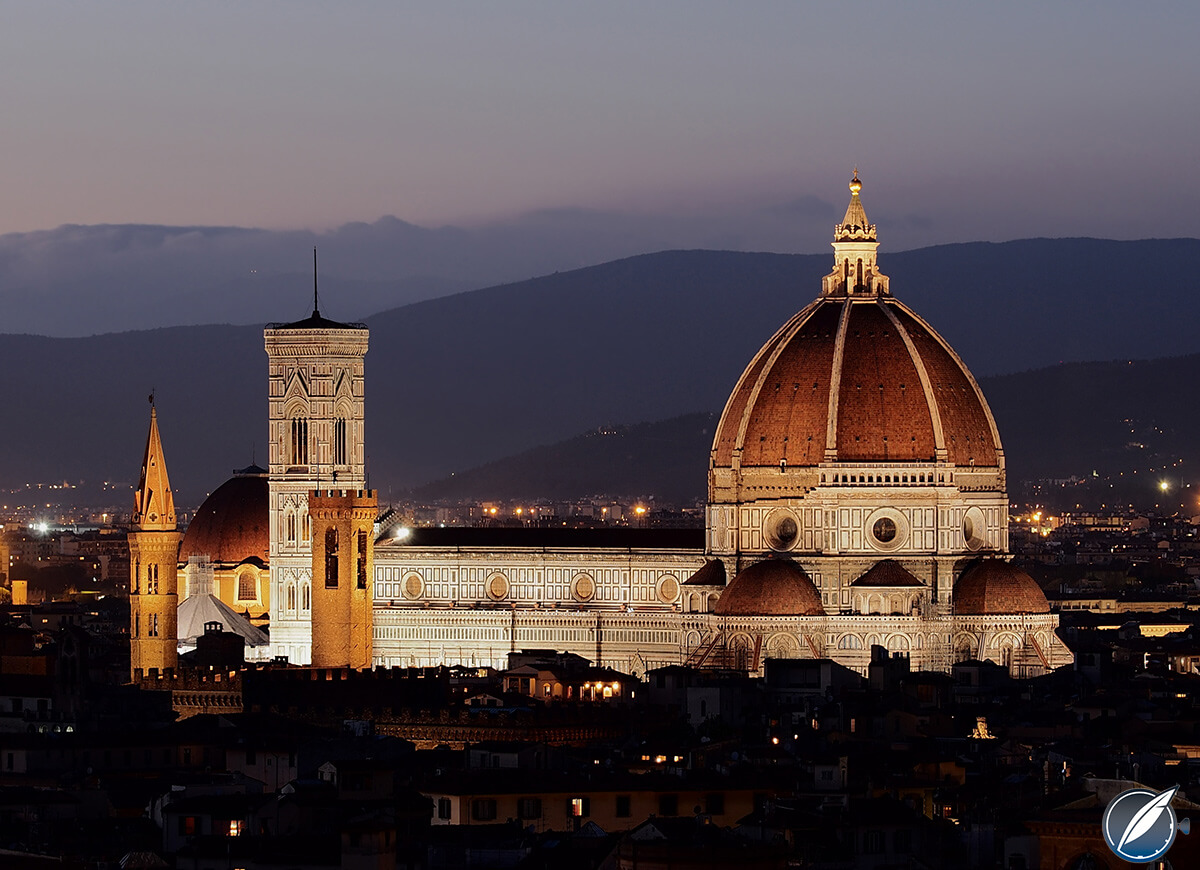
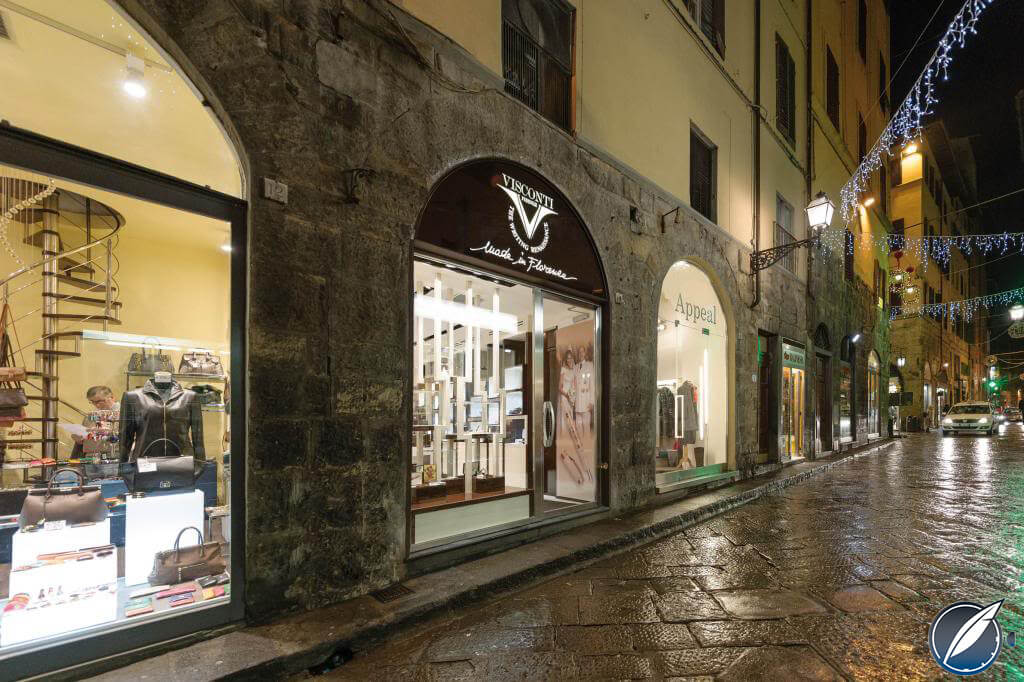
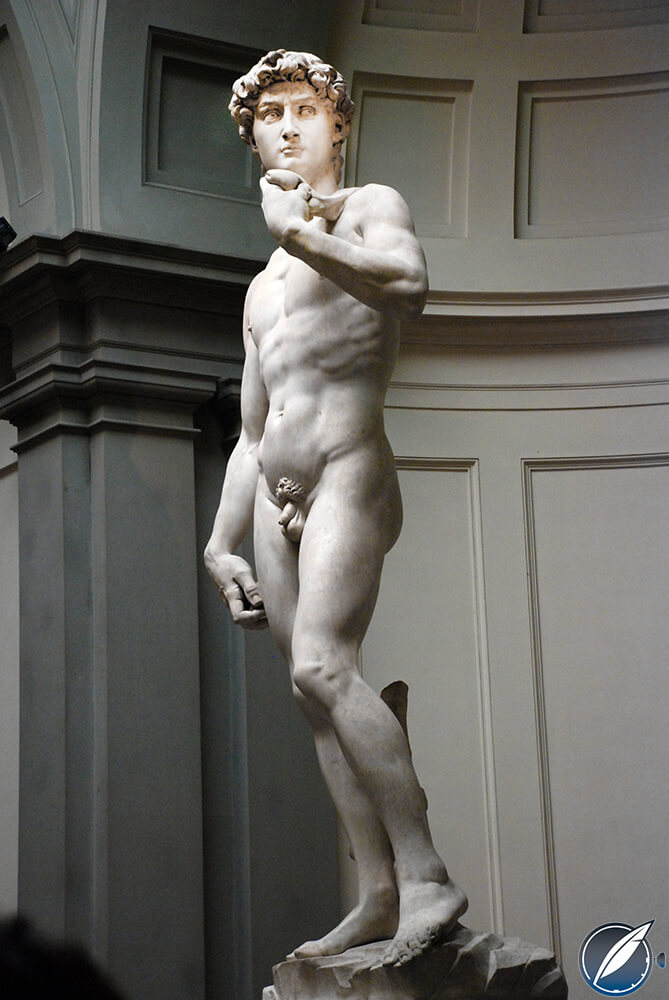
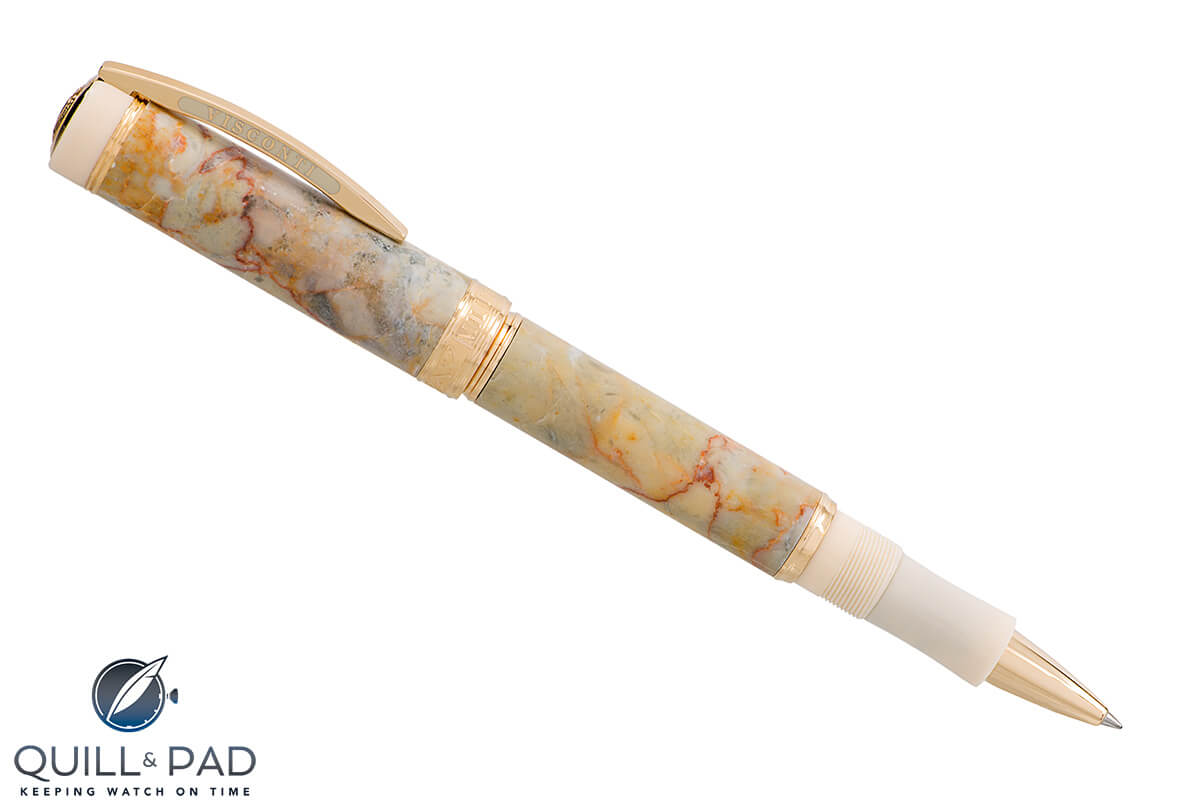
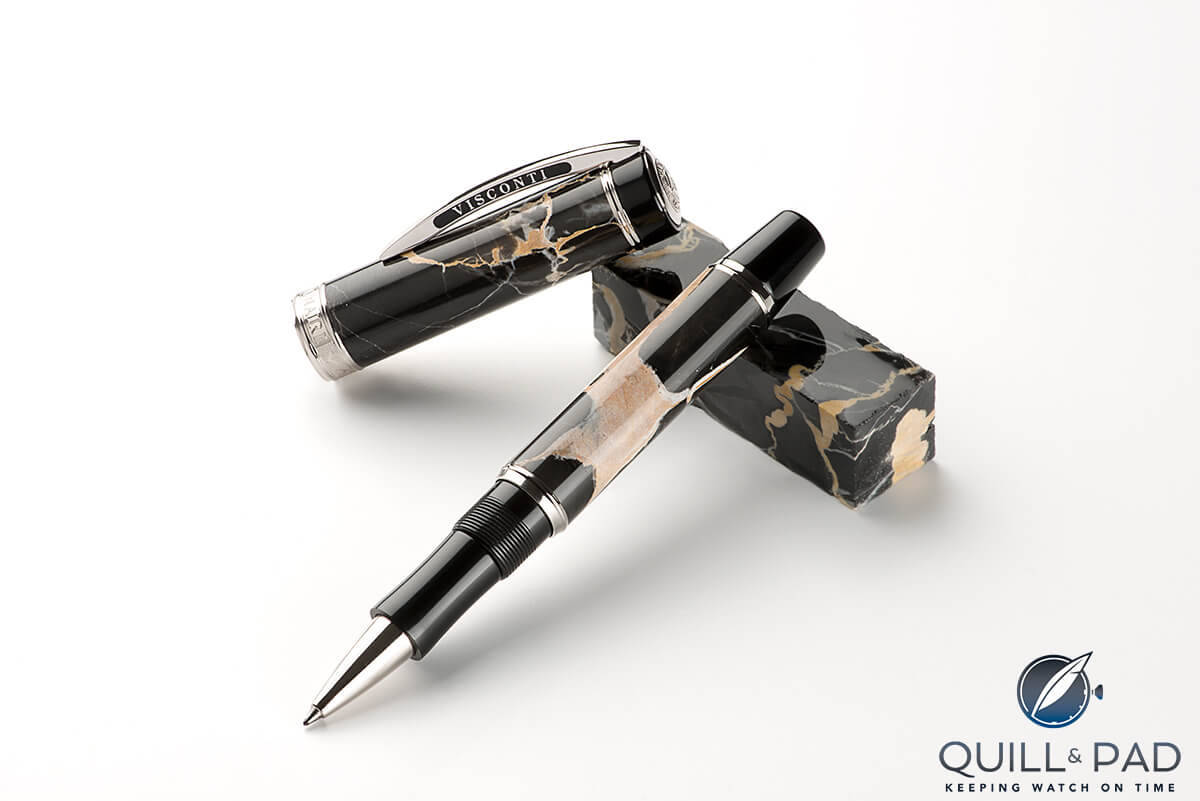
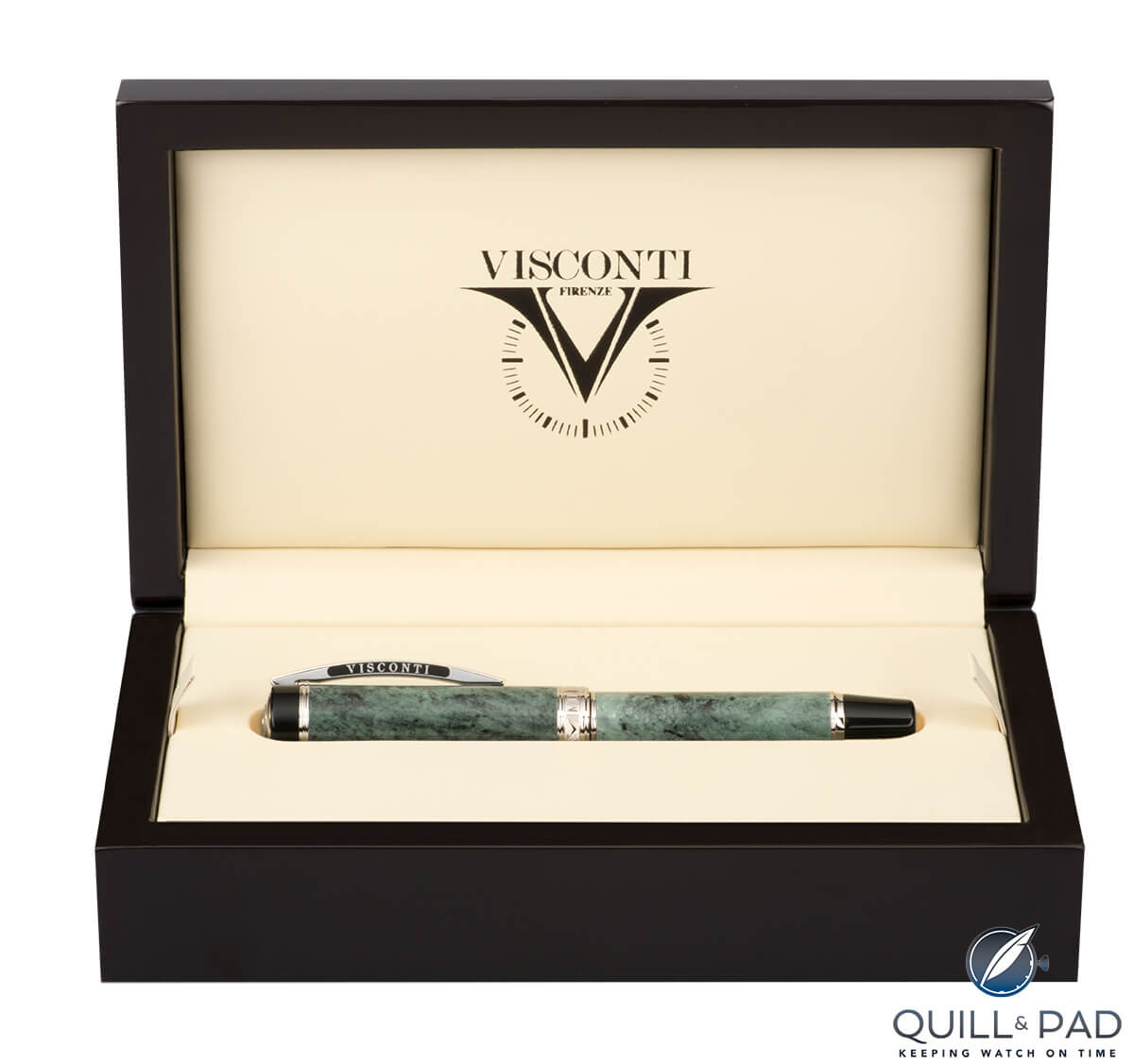
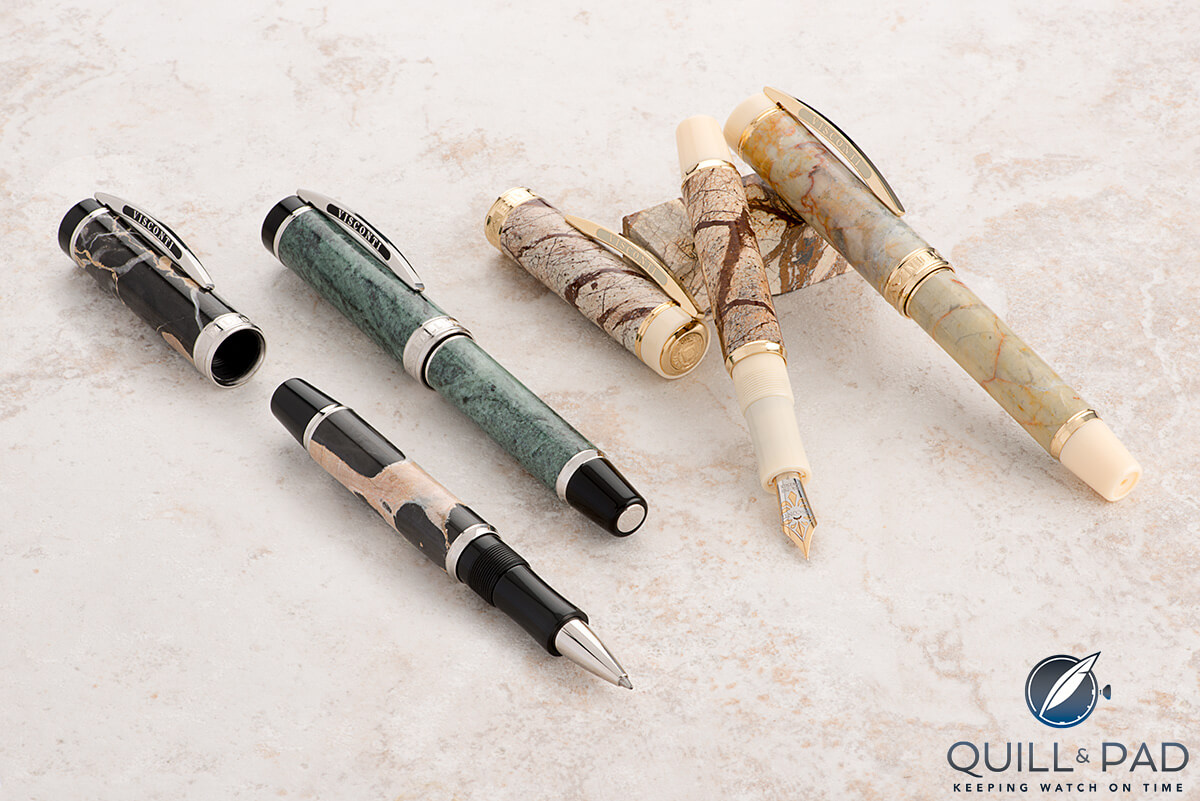
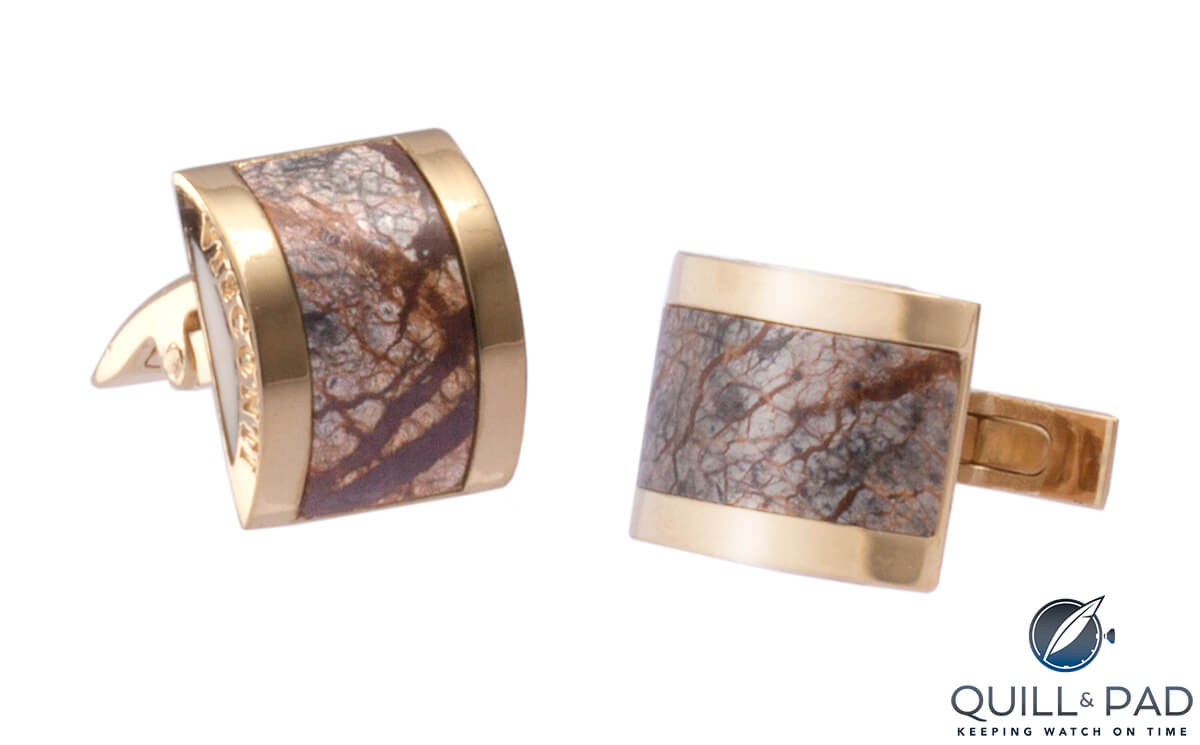
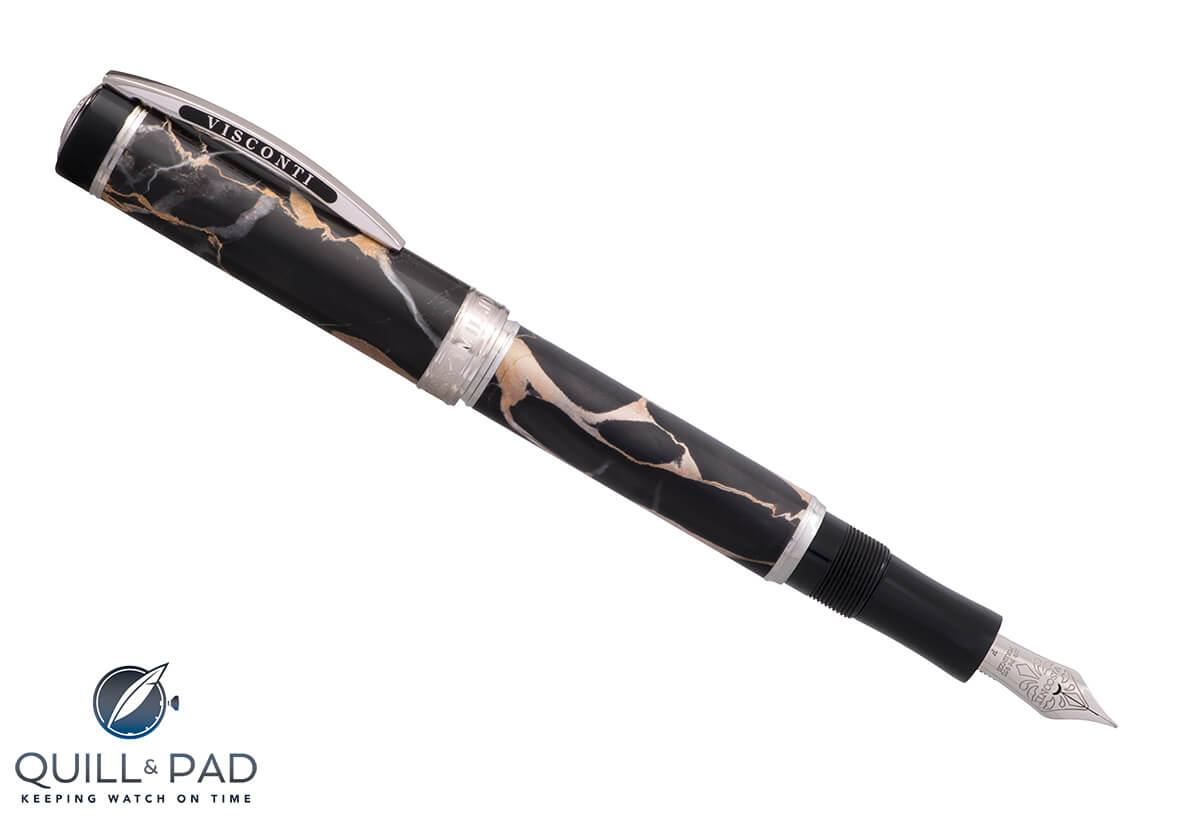
Are these pens real marble and are they for sale?